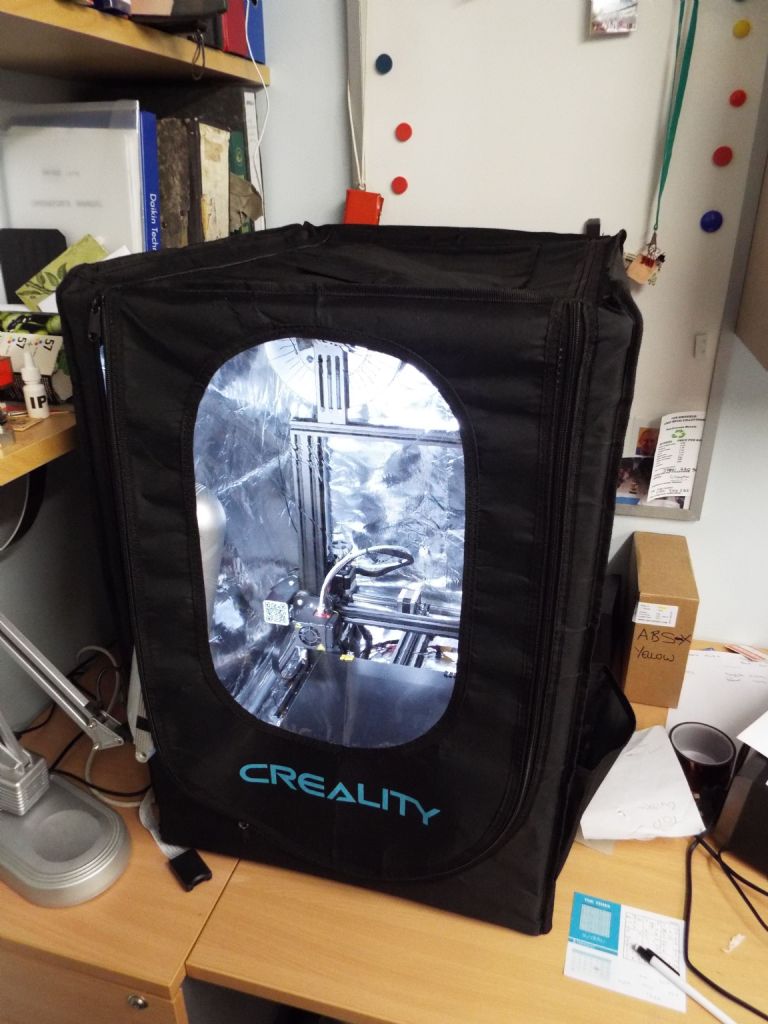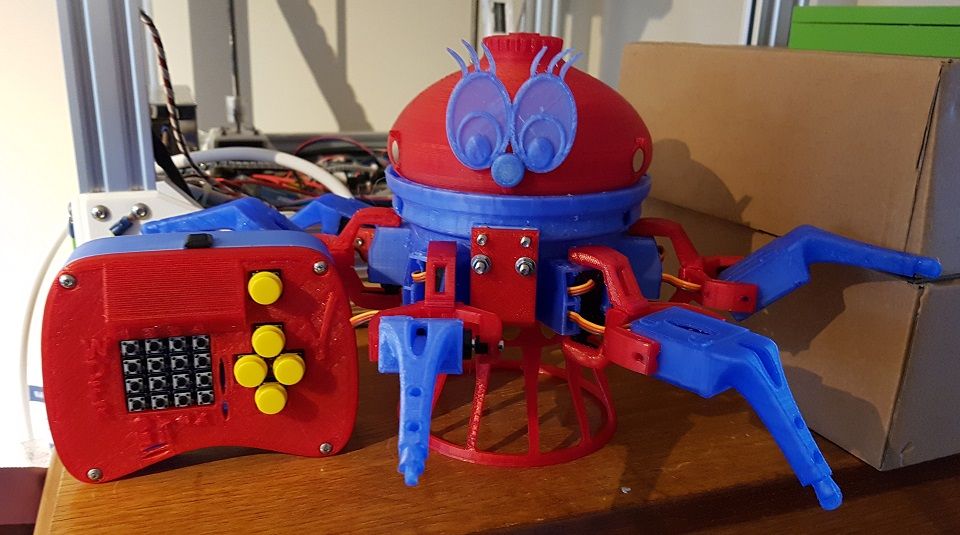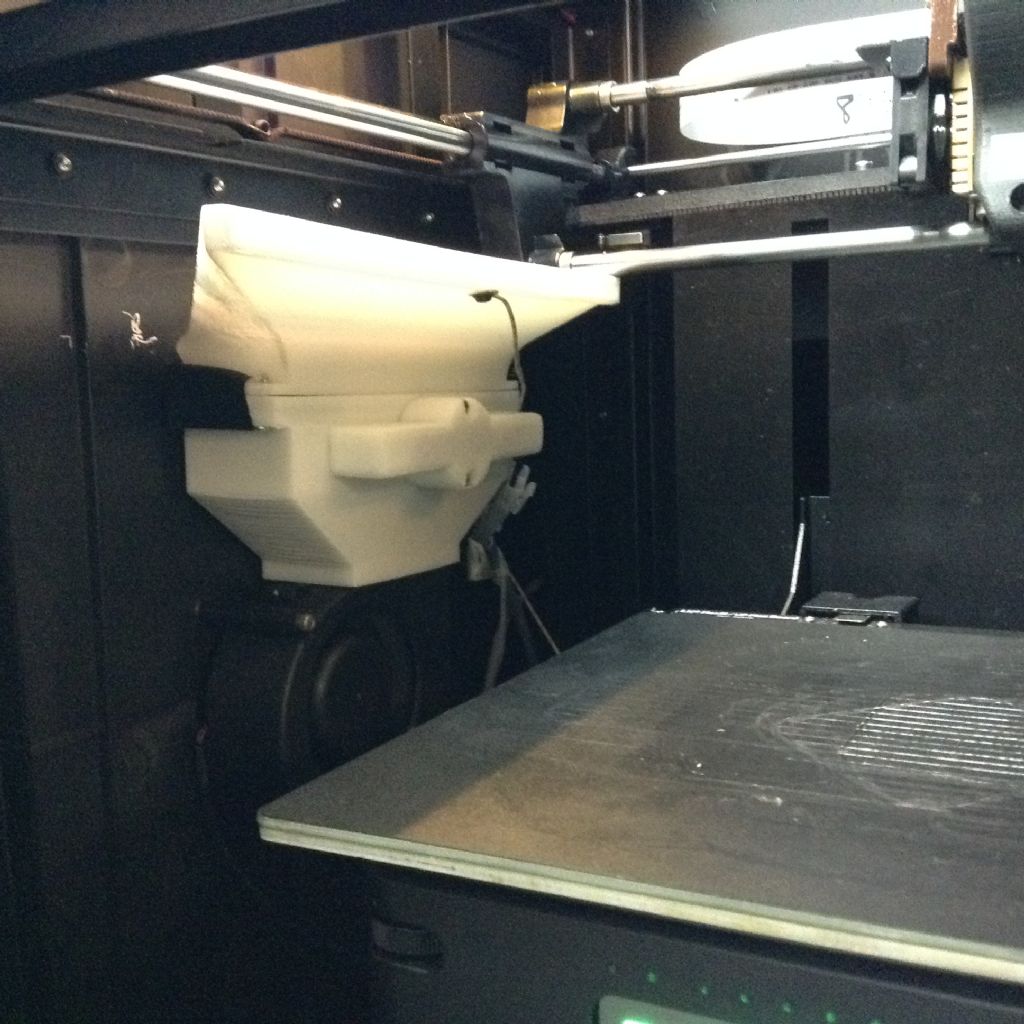Funnily enough in the last issue of MEW I suggested taht people share their experiences with different types of filament.
I recently saw a picture of a bracket in PLA that had warped in the current weather. It was black and holding a weather station in full sunlight.
I've put PLA parts through a dishwasher at 50C and 60C and the 50C parts showed no distortion, so that give you and idea of allowable service temperature.
My 2m band yagi is held together by 3D printed parts in black PLA (chosen for UV resistance) and has been nearly 6m in the air in full sunlight and all weathers for over two years and shows no signs of degradation.
An electric toohbrush stand I made over two years ago toothbrush gets wet twice a day and washed once a week and shows no signs of degradation.
I think that to biodegrade PLA needs to be shredded or ground and incorporated in a compost-type environment for some considerable time.
I'm not a big fan of ABS as I don't like the smell and very high temperature of the bed. I haven't printed a great deal of items in ABS, although printing figures and smoothing them with acetone vapour worked very well..
PETG is OK but fussier than PLA to print.
Nylon 66 is tricky and the main issue is keeping the filament dry.
I'm using PLA PLUS at the moment, the black I tried first had poor layer adhesion, but white prints are stronger as unlike the black you can raise the temperature to get good layer adhesion without lots of stringing.
I've found PLA pretty consistent across suppliers, other types of filament seem to vary more as they have more additives and different recipes.
In the past I've used some PLA filaments that were essentially as strong in all three directions, which really surprised me. Even when my test bars fractured the fracture ran across layers as much as along them.
I forsee an enclosure in my printer's future, well actually it will probably be a complete rebuild…
Neil
Versaboss.








